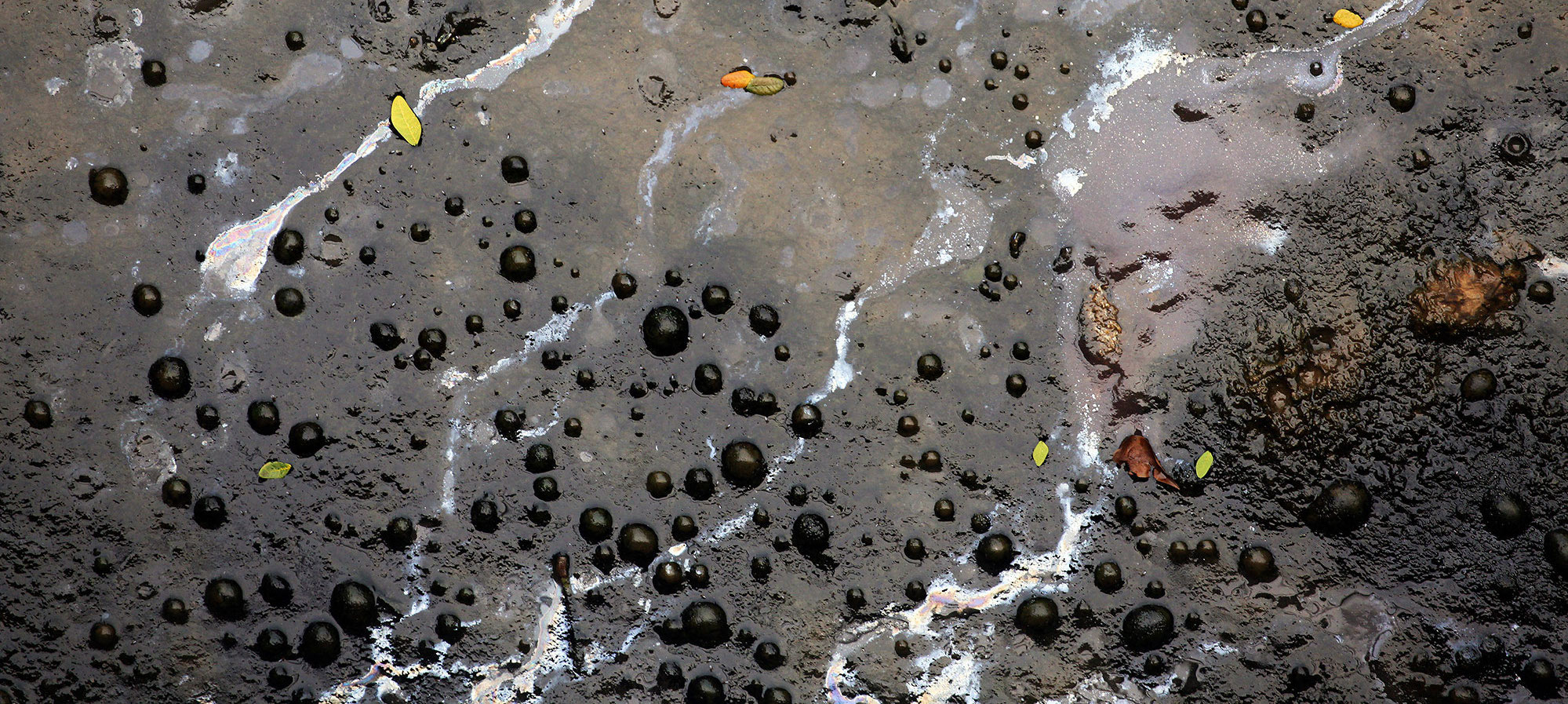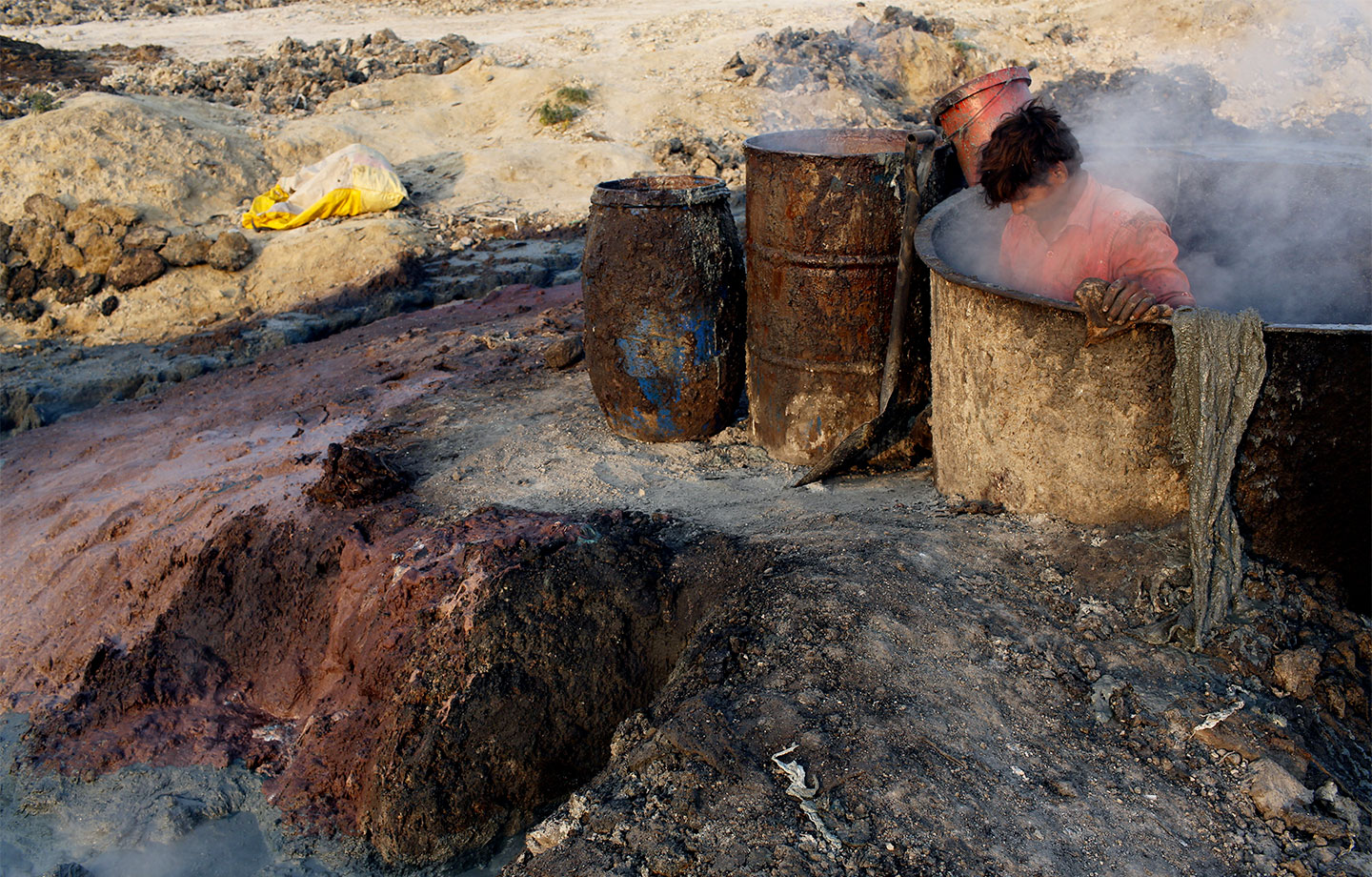
The Report
Executive Summary
An existential threat
The 2017 Lancet Commission on Pollution and Health concluded that pollution is the world’s largest environmental risk factor for disease and premature death and is an existential threat to human and planetary health, jeopardizing the sustainability of modern societies.
Providing a number of critical new insights, this updated analysis, published in The Lancet Planetary Health journal shows that the impact of pollution remains large, and the number of annual deaths has not decreased since 2015.
Selected findings

© Sean Gallagher
The updated analysis shows that pollution is still responsible for a staggering 9 million premature deaths per year – one in six deaths worldwide.
This means pollution has caused an estimated 45 million deaths from 2015 through 2019, the data-source years of the previous and current reports, respectively. Overall, the 9 million pollution-related deaths each year are nearly 50% greater than all the deaths worldwide to date due to COVID-19 (about 6.247 million as of May 6, 2022, according to WHO) and are greater than all deaths in 2019 due to war and terrorism, AIDS, tuberculosis, malaria, and drug/alcohol use combined.
Further, over the 5 years since the last Lancet Commission report (with data from 2015), this new analysis (based on data from 2019) shows that the proportion of deaths due to modern pollution has increased substantially – up 66 percent since 2000. Modern pollution is the result of industrialization and urbanization, and includes ambient air pollution and chemicals, especially lead. There have been reductions in deaths due to traditional pollution, which is associated with poverty and includes household air pollution in the most impoverished communities and polluted water sources in low- and middle-income countries (LMICs). Despite improvements in water pollution, however, it is still the second largest pollution-related cause of death. Further, the reductions in traditional pollution were offset by increased deaths from modern pollution.
Air pollution is the single largest contributor to pollution-related deaths, accounting for 6.67 million or nearly three in four (74%) of the 9 million total deaths. There are two main types of air pollution. Household or indoor air pollution, associated with extreme poverty, is the result of burning firewood, biomass, charcoal, or kerosene, typically for heating and cooking. Ambient or outdoor air pollution is mainly produced by industrialization, petroleum-powered vehicles, mechanized agriculture, and electricity generation.
While ranking behind total air pollution and water pollution in terms of premature deaths, lead pollution still contributed 900,000 premature deaths in 2019; this is up 5% from 2015 and is likely undercounted. Its full impact – especially on children – is also devastating. More than 800 million children worldwide have lead poisoning, with blood lead levels exceeding 5 µg/dl, the level for intervention previously designated by the US Centers for Disease Control and Prevention (CDC) (they recently changed the intervention level down to 3.5 ug/dl). That level of 5 µg/dl of lead could reduce intelligence test scores by 3-5 points, which can translate to increased rates of school failure, diminished productivity, more violent behavior, and global economic losses of almost $1 trillion annually.
A growing body of evidence shows that transboundary pollutants can travel long distances via wind, water, the food chain, and consumer products. For example, global winds transport air pollution from east Asia to North America to Europe to the arctic and central Asia. Transboundary threats from chemicals are a growing concern, with toxic metals (especially lead) being found more often in products grown and manufactured in LMICs and consumed in wealthy countries.
Policy and progress assessment

© Larry C. Price
Despite ongoing efforts by committed individuals, groups and national governments, the updated report shows little progress has been made against pollution in most low and middle-income countries (wealthy countries have shown a steady decrease in pollution deaths).
There are some success stories in LMICs, but overall attention has been poor, both within country development strategies, and with development aid. Urgent attention is needed to control pollution, with an emphasis on air pollution and lead poisoning, as well as a stronger focus on hazardous chemicals.
Summary of the Commission’s Recommendations
Pollution is a planetary threat. Its drivers, dispersion, and health impact transcend national boundaries and demand a worldwide response, including focus on the worst problems: air, chemical, and lead pollution. A globally supported, formal science-policy interface can inform interventions, influence research and guide aid funding. In addition, a massive, rapid transition away from all fossil fuels to clean, renewable energy can be an effective strategy for preventing pollution and slowing climate change, thus achieving a double benefit for planetary health.